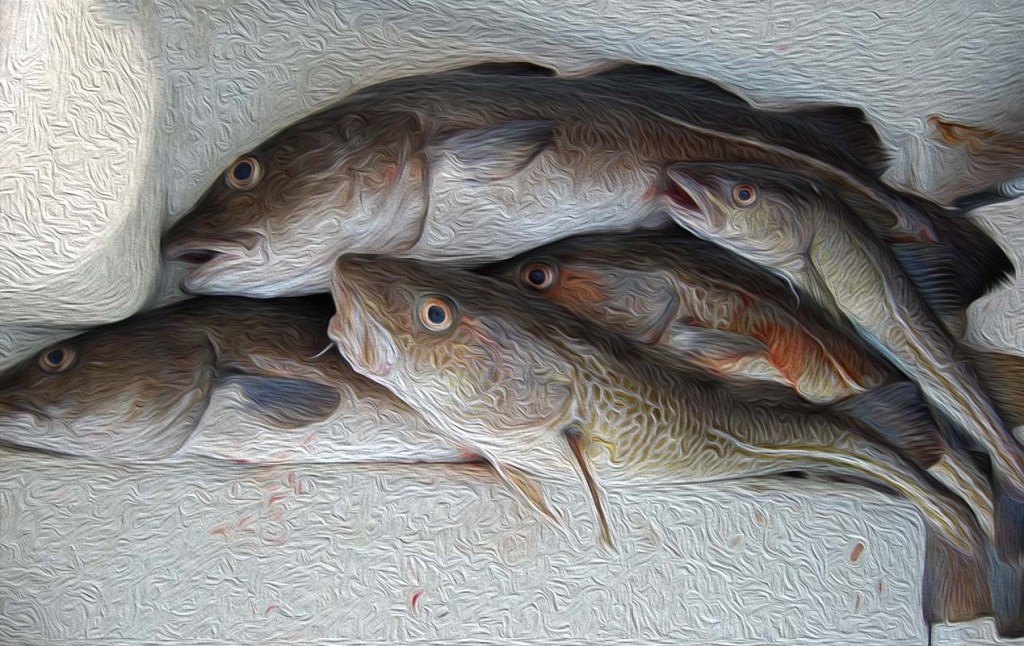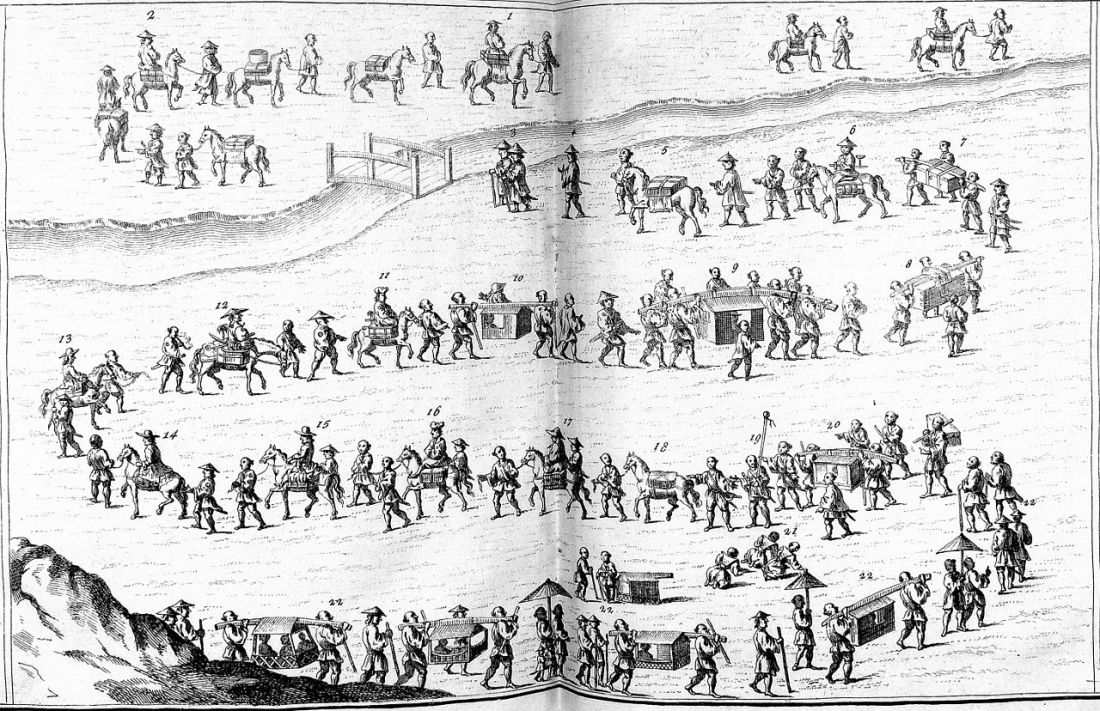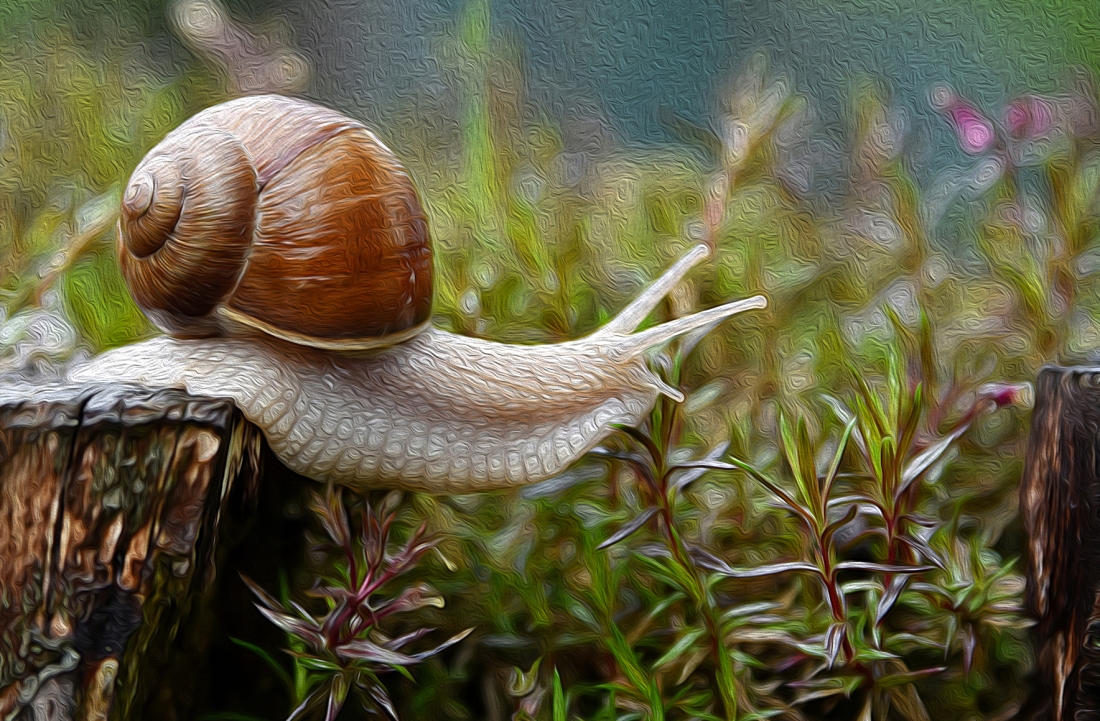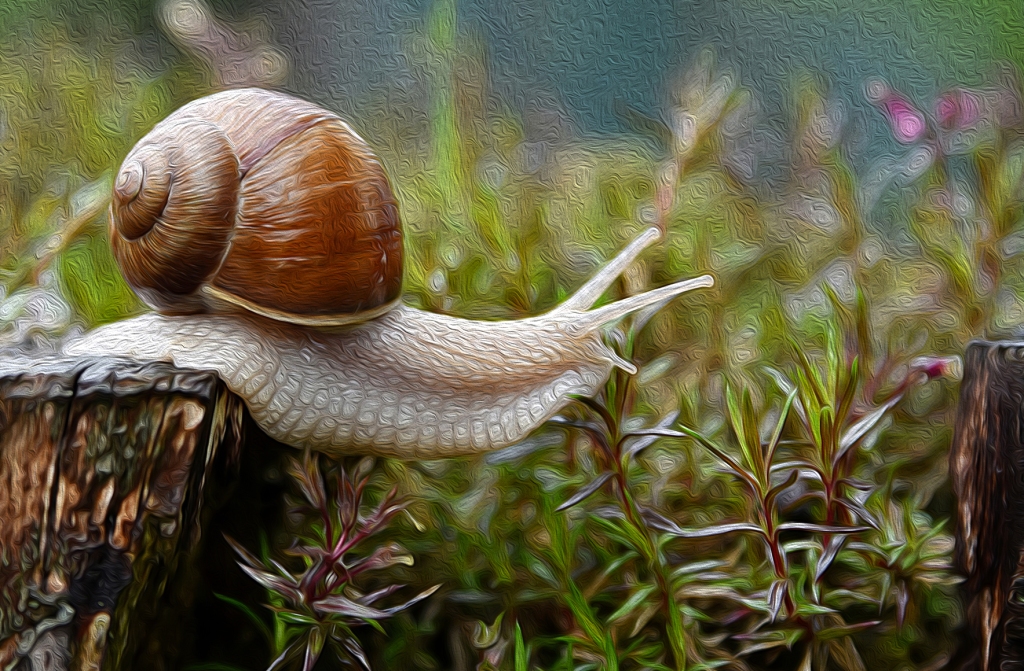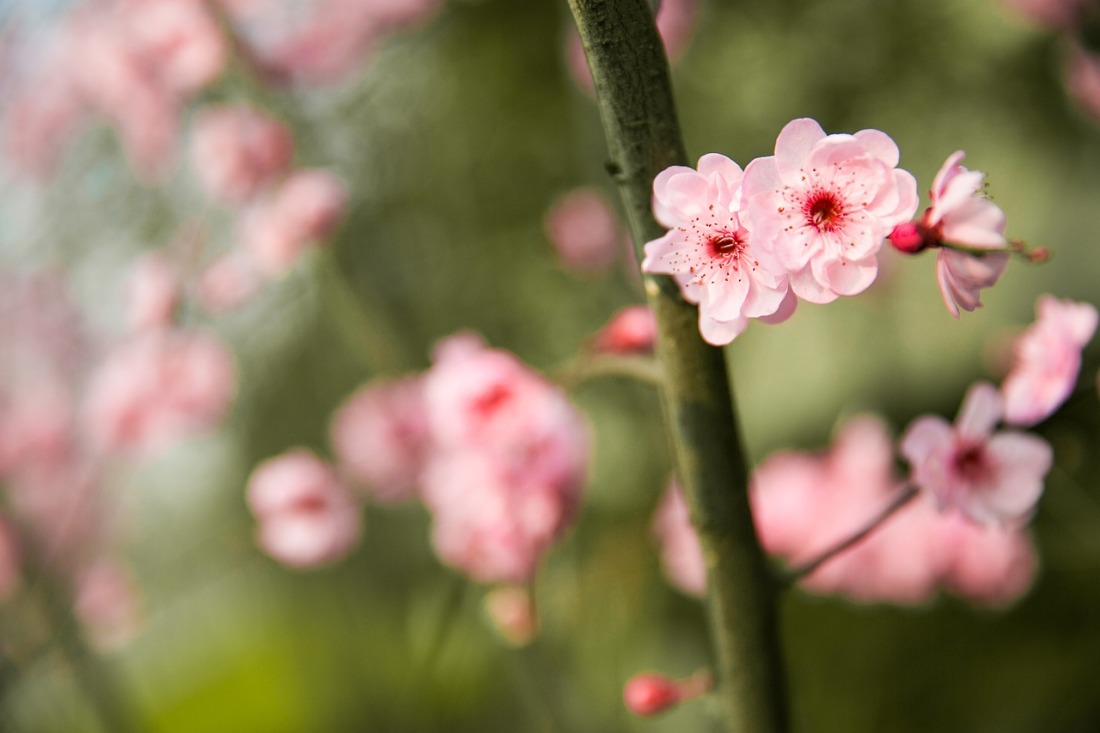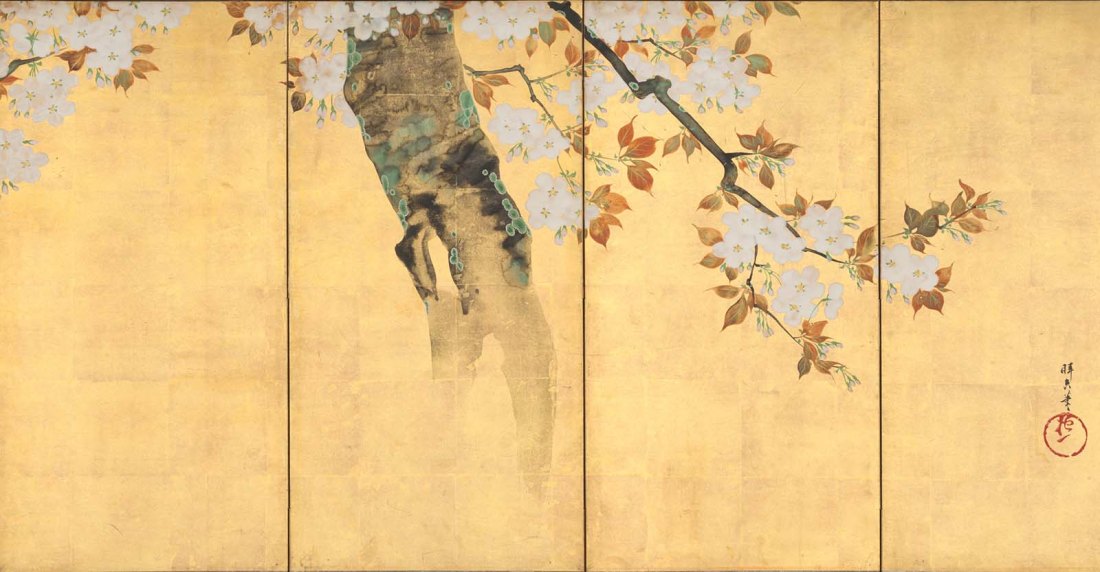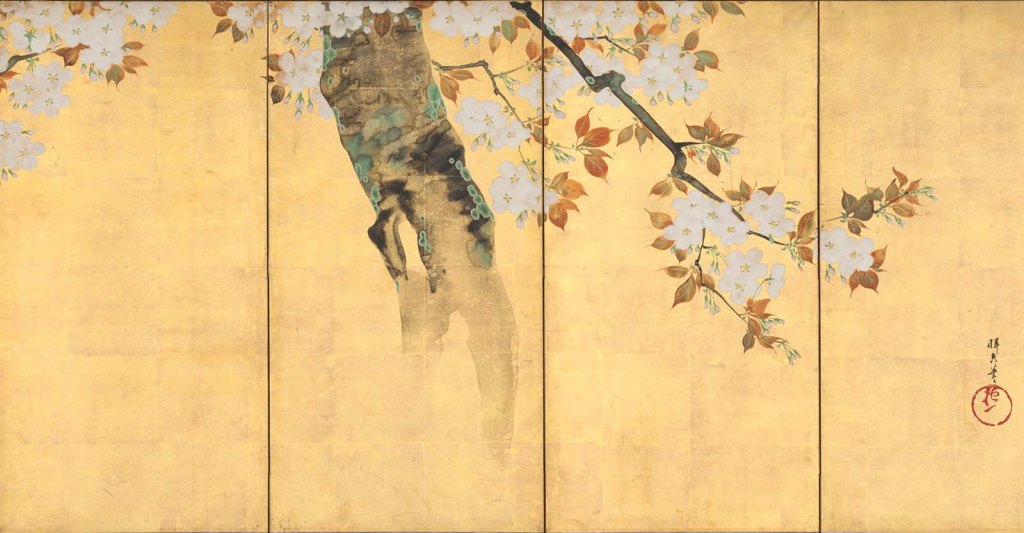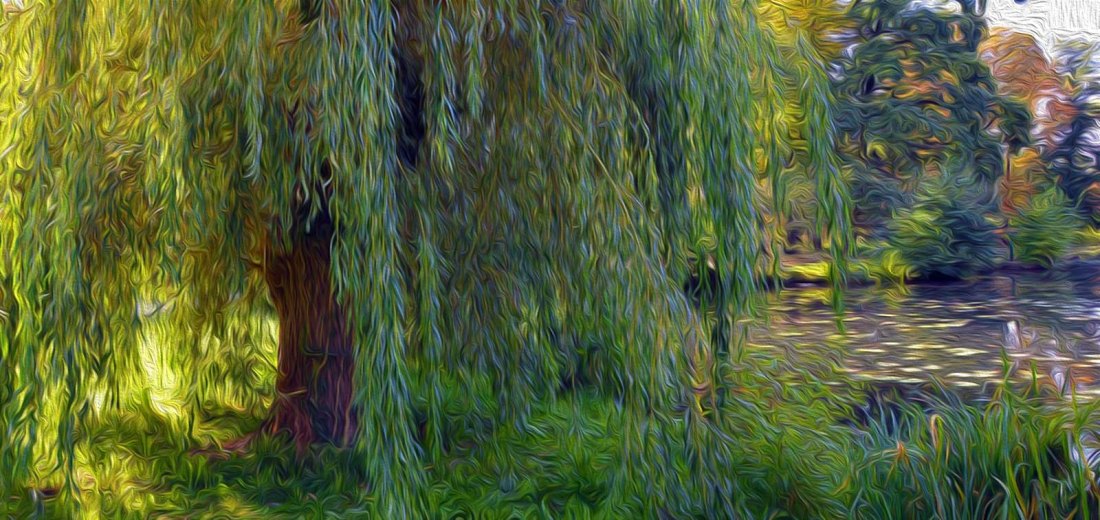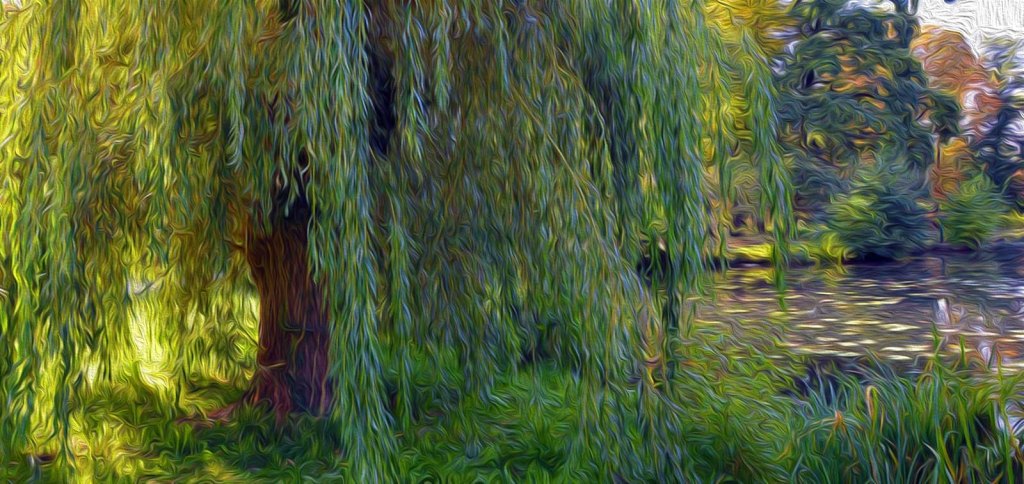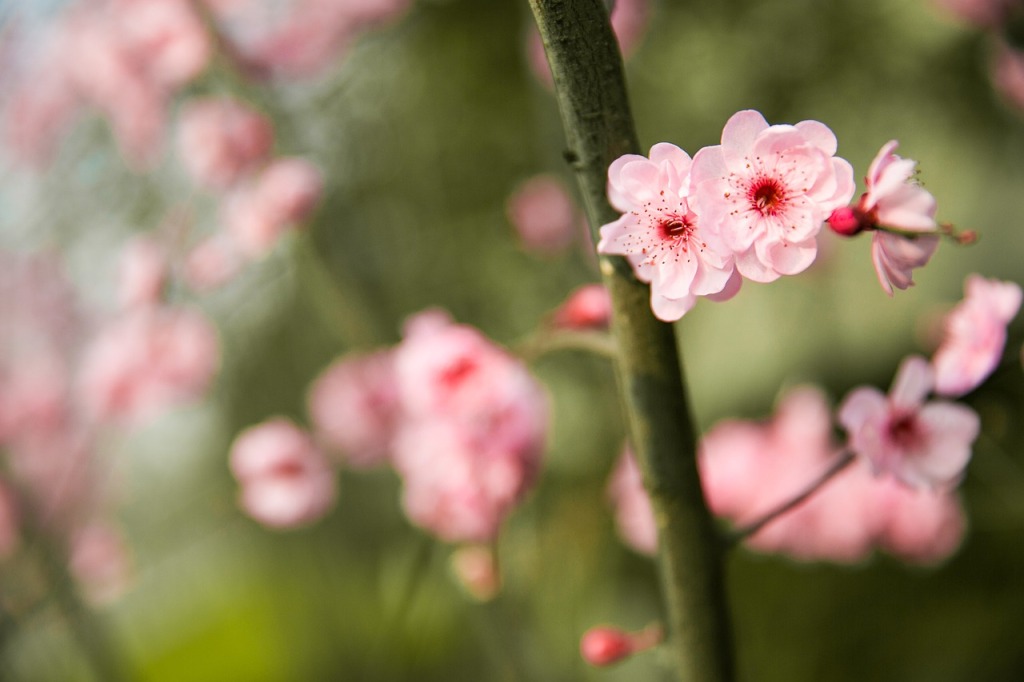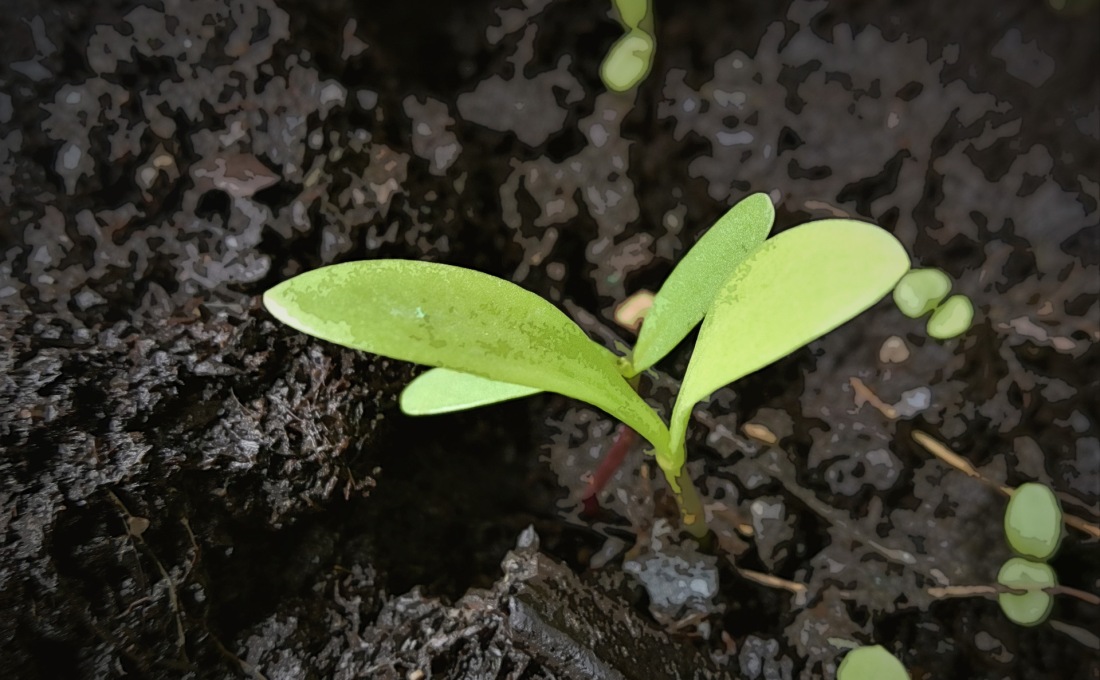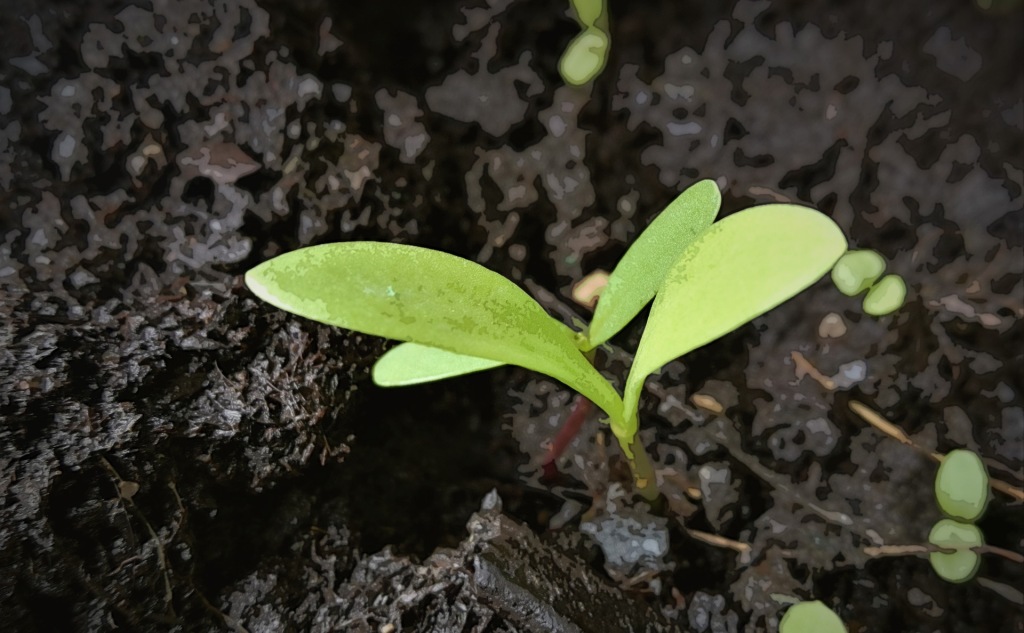From Nozarashi Kikō,
At a Teahouse on Lake Biwa,
Jōkyō year 2, Spring, 1685
Basho age 41
At Lake Biwa, at a teahouse, a woman in the shadow of the azalea tearing up codfish, for whom?
In the shade of an azalea
a woman tearing up
codfish躑躅生けてその陰に干鱈 割く女
Matsuo Basho, Nozarashi Kikō, Spring, 1685
tsutsuji ikete sono kage ni hidara saku onna
[tsutsuji (azalea) ikete (tearing up, cutting up, arranging) sono (that) kage (shade) ni (in, “sono kage” in the shade) hidara (dried codfish) saku (tear up) onna (woman)]
The Journey
“My mother died.” Basho no doubt had this thought on his mind when he left.
Leaving the basho tree (banana) beside his cottage to Mt. Fuji’s care, Basho set off on a journey that would become his first travelogue. The trip would serve several purposes: Basho’s mother died the year before, it was time to go home and visit; Saiygo the 12th century monk/poet had travelled in and around Mt. Yoshino, and there were friends and acquaintences in and around Kyoto where the poet had spent his early years.
From autumn to winter, to spring again, arriving at Otsu and Karasaki, on the shore of Lake Biwa, resting by the wayside at a tea shop.
Basho explains:
“Stopping at a teahouse for a lunch break, there was a large azalea out front. I couldn’t see well, but in its shade a woman was tearing up dried codfish into strips. Nowadays, cod is a luxury, but in those days, it was a food for the poor, preserved and eaten year round.”
What is left unsaid:
Seeing a woman tearing up codfish is a memory of his own mother feeding her poor family with codfish, which was all they could afford.
If one could turn back time …
